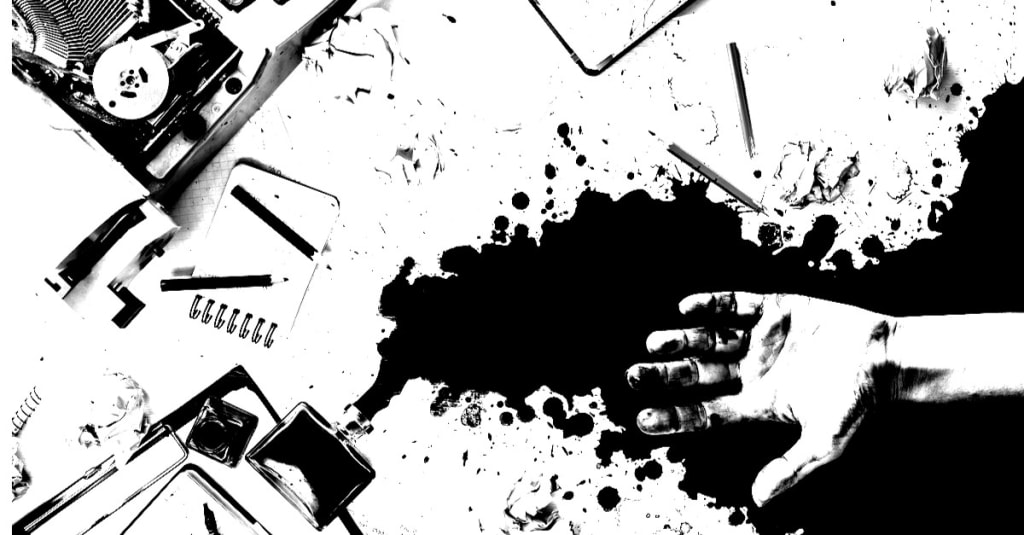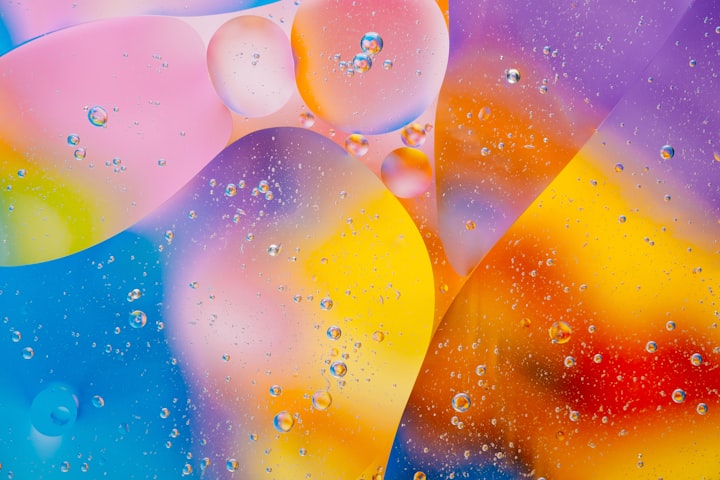What It Gives, It Takes Away: Creativity and Mental Illness
The link between bipolar mood disorder, schizophrenia, and creative achievement

Creativity and psychopathology
“Normality is a paved road: It’s comfortable to walk, but no flowers grow on it” — Vincent van Gogh
Artistic achievement, that pinnacle of human endeavour, casts a long shadow, and in its umbra lies mental illness.
Experimental and biographical research tells us that creativity and mental illness are intertwined, and shines a light on the preponderance of suicides among creatives (Kyaga et al. 2013). In particular, bipolar mood disorder, with its alternating periods of hypomania and depression, and schizophrenia are associated with creative achievement (Janka 2004; Power et al. 2015).
Bipolar mood disorder
Manic episodes, with their decreased need for sleep and increased energy, can be extremely productive periods (Furnham, Batey, Anand, & Manfield, 2008; Johnson et al. 2012).
However, mania is followed by the inevitable come down. Like the death of a massive star, hypomania uses up all the “fuel” and when there’s nothing left to burn, there is only the collapse, the inevitable implosion inward.
The composer Rossini, likely a sufferer of bipolar mood disorder, composed thirty-nine operas in almost as many years of life, likely during hypomanic episodes, before a forty-year period of depressive suffering and silence (Janka 2004). Likewise, Vincent van Gogh was one of the most prolific painters of his era, yet succumbed to an untimely death, quite possibly at his own hand (Wolf 2001).
Schizophrenia
A highly associative cognitive style which lends itself to making connections between seemingly disparate concepts is fertile soil for creative thinking (Burch, Hemsley, Pavelis, & Corr, 2006; Tsakanikos & Claridge, 2005).
However, the reduced latent inhibition observed in people with schizophrenia is also the mechanism behind their vulnerability to mistaking self-generated hallucination for real percepts. This maladaptive widening of selective attention flings the doors of perceptions wide open… onto impaired functioning and suffering (Swerdlow, Braff, Hartston, Perry, & Geyer, 1996).
A final word
“What horrifies me most is the idea of being useless: well-educated, brilliantly promising, and fading out into an indifferent middle age.” — Sylvia Plath
Certain atypical configurations of the brain may be a boon to creativity; they may be a hinderance. Yet, art can help us cope with everything that life throws at us.
In the inverted-U shaped association between mental illness and creativity, creative eminence teeters at the precipice while the ravages of mental illness lie on the right-hand slope, a slide into impaired functioning and loss of productivity (Abraham, 2014). When the Great Bard wrote, ‘it provokes the desire, but it takes away the performance’ he was speaking of drink and lechery, and yet, I cannot help but feel it applies to mental illness and creativity as well.
References
Abraham, A. (2014). Is there an inverted-U relationship between creativity and psychopathology?. Frontiers in psychology, 5, 750.
Burch, G. S. J., Hemsley, D. R., Pavelis, C., & Corr, P. J. (2006). Personality, creativity and latent inhibition. European Journal of Personality: Published for the European Association of Personality Psychology, 20(2), 107–122.
Furnham, A., Batey, M., Anand, K., & Manfield, J. (2008). Personality, hypomania, intelligence and creativity. Personality and Individual Differences, 44(5), 1060–1069.
Janka, Z. (2004). Artistic creativity and bipolar mood disorder. Orvosi hetilap, 145(33), 1709–1718. https://www.ncbi.nlm.nih.gov/pubmed/15462476
Johnson, S. L., Murray, G., Fredrickson, B., Youngstrom, E. A., Hinshaw, S., Bass, J. M., … & Salloum, I. (2012). Creativity and bipolar disorder: touched by fire or burning with questions?. Clinical psychology review, 32(1), 1–12.
Kyaga, S., Landén, M., Boman, M., Hultman, C. M., Långström, N., & Lichtenstein, P. (2013). Mental illness, suicide and creativity: 40-year prospective total population study. Journal of psychiatric research, 47(1), 83–90.
Power, R. A., Steinberg, S., Bjornsdottir, G., Rietveld, C. A., Abdellaoui, A., Nivard, M. M., … & Cesarini, D. (2015). Polygenic risk scores for schizophrenia and bipolar disorder predict creativity. Nature neuroscience, 18(7), 953.
Tsakanikos, E., & Claridge, G. (2005). More words, less words: verbal fluency as a function of ‘positive’ and ‘negative’ schizotypy. Personality and Individual Differences, 39(4), 705–713.
Swerdlow, N. R., Braff, D. L., Hartston, H., Perry, W., & Geyer, M. A. (1996). Latent inhibition in schizophrenia. Schizophrenia Research, 20(1–2), 91–103.
Wolf, P. (2001). Creativity and chronic disease Vincent van Gogh (1853–1890). The Western journal of medicine, 175(5), 348.https://www.ncbi.nlm.nih.gov/pmc/articles/PMC1071623/
Angela Volkov writes about the full gamut of human experience and is the editor of Sike! Psychology for World Domination.
About the Creator
Angela Volkov
Humour, pop psych, poetry, short stories, and pontificating on everything and anything






Comments
There are no comments for this story
Be the first to respond and start the conversation.